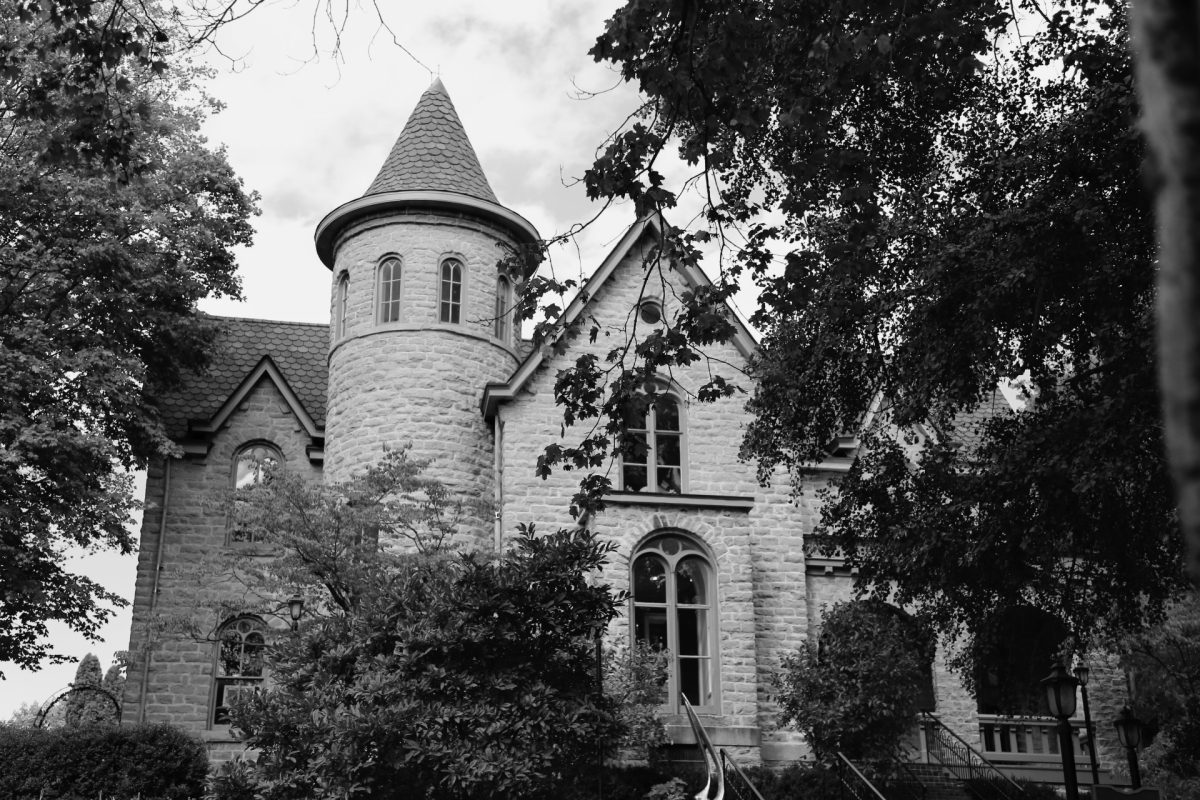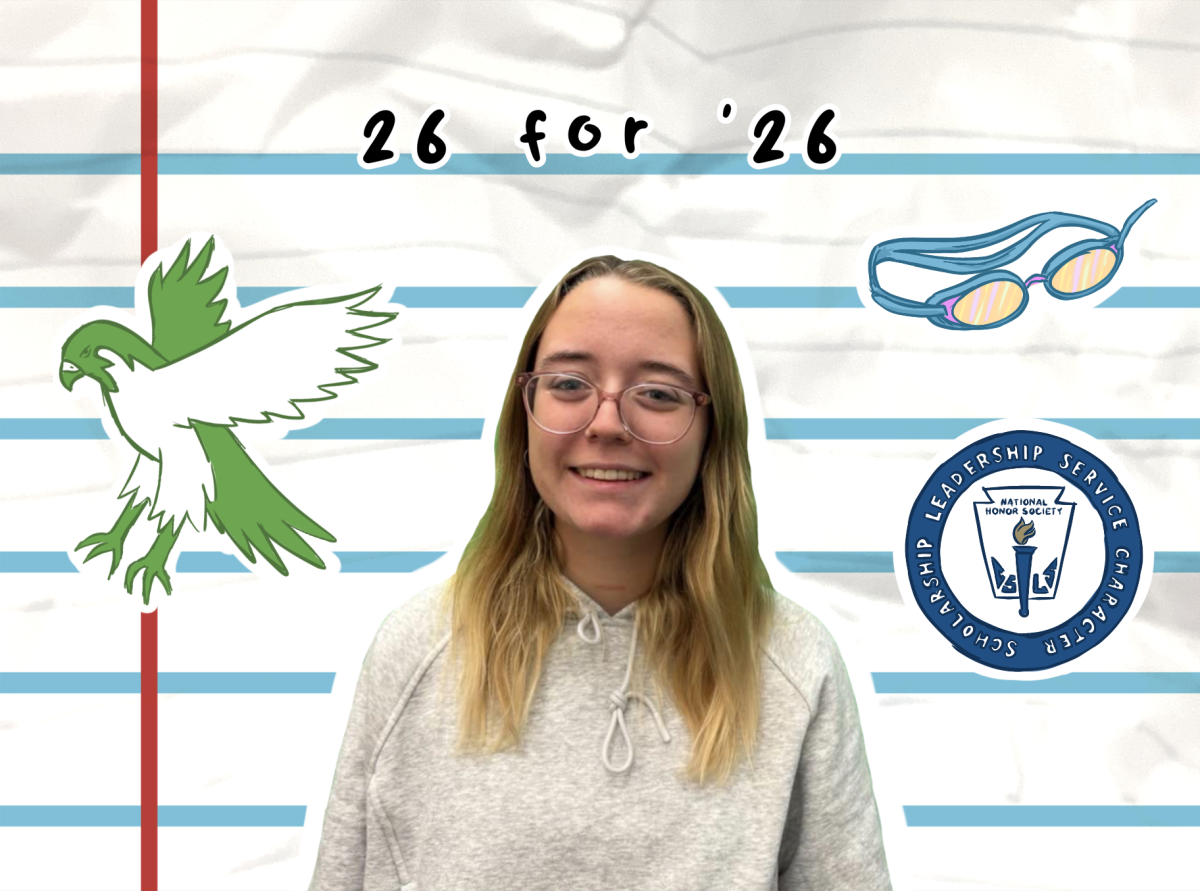
A look at this year’s new courses
Earth and Space science is a year-long class taught by Garrett Eiben and is tailored to Juniors and Seniors, as it uses a lot of the concepts learned from its prerequisites, Biology and Physical Science.
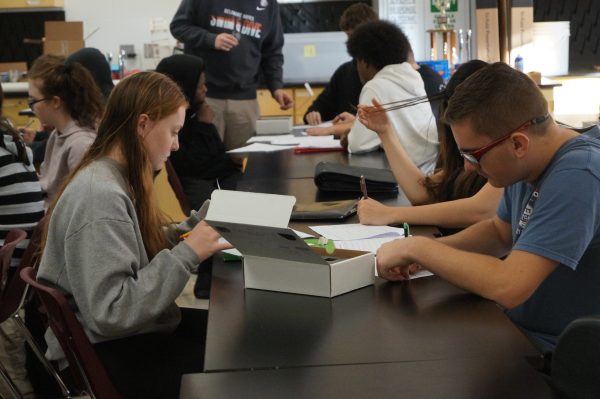
During the first semester they look into minerals and the geology of the Earth; the second semester is all about astronomy, comparing planets and studying the moon.
“I don’t want this to be a stressful course. I want this to be exciting and relaxing in a sense,” Eiben said.
This class is very applicable to the real world as its science that’s encountered daily, such as the Northern Lights, caused by radiation from Solar Flares.
Quantitative Reasoning is another year-long course, taught by Thomas Jarvis focusing on the application of mathematical concepts learned in its prerequisite classes, Algebra 1 and Geometry, to the real world.
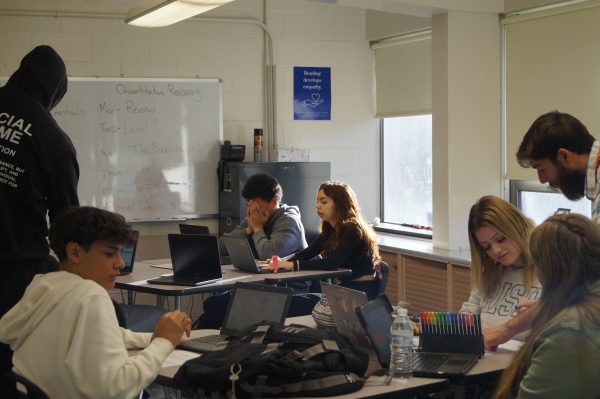
The learning is more student led, rather than being focused on lecture based teaching.
Jarvis said that he wants students to understand students’ previous experience to help them learn better. “I want to know how you got there, what was the process,” he said.
Some units include creating catapults using quadratic functions and bungee drops with linear functions. This course is equivalent to Algebra 2 for graduation. However, it doesn’t allow students to move forward to Pre-Calc, since Algebra 2 is required for that course.
Computer Science Languages is a year-long course, taught by Joanne Meyer, and is the third of four computer science courses Hayes has to offer. It teaches students about two coding languages, C sharp and Python, each taking a semester. Before introducing the two languages, the class is taught the seven practices of computer science, leading to a deeper understanding of what good coding practices are.
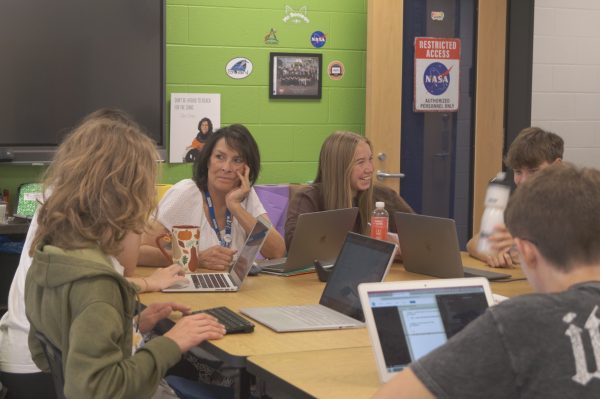
Meyer wants to focus on building the computer science program to enable students to take Computer Science courses all four years of high school. Meyer has fully laid out the progression of these classes as well.
“If you go through all four years of it, you’ll walk out with a knowledge of four different coding languages,” Meyer said, when referencing her goals for the students.
Students will first take Computer Science Principles Students then move to AP Computer Science Principles (CSP) to learn JavaScript and ethical dilemmas. Computer Science Languages (CSL) teaches them C sharp and Python and then in AP Computer Science Applications (CSA), students learn Java. Meyer wants to get all the general knowledge out of the way in the first two years and be able to apply what they learn to the latter half of Computer Science.
The CSP and AP CSP are prerequisites, unless the individual has extensive knowledge of coding prior to coming to CSL.
A new hands-on course, Textile, Design, Construction and Maintenance, taught by Michelle Howes, is a semester-long family and consumer science credit.

It focuses on a project based approach to learning how to mend clothes, operate a sewing machine, and other sewing techniques.
“My goal is for the students to be able to independently sew on a machine creating projects they are interested in,” Howes said.
There are no prerequisites, allowing for any grade level to join, including those already having sewing experience. At the end of the semester, students will have the opportunities to make various accessories and clothing such as pajama pants and a lanyard.
Spanish for Heritage Speakers, a year long class, taught by Karen Waselko, is for students whose first language is Spanish. This class follows a typical curriculum that changes each year, with units and activities, just at a higher level.
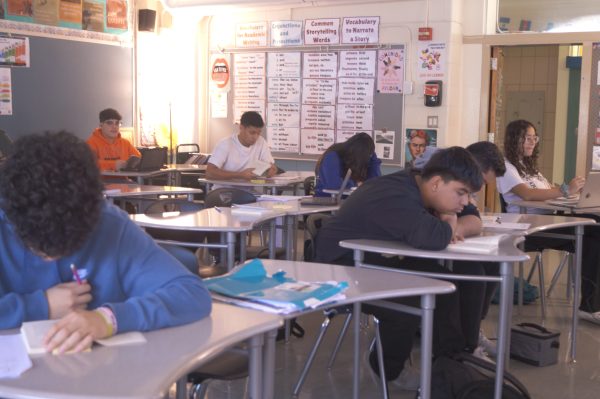
Since Spanish for Heritage Speakers is a repeatable class, students can take advantage of this time over as many years as they would like.
“I think this class is also important to give [students] a place where they can interact with other people in Spanish and have a chance to be heard,” Waselko said.
The class provides a safe place for students to keep their first language sharp where other classes are likely only operating in English. Making it perfect for those who need the extra help, or just want a space where they can practice their Spanish freely.
Finally, AP Research has come to Hayes, which is a full year course taught by Ariel Uppstrom, building off the concepts taught in AP Seminar, which was introduced last year. The class revolves around an all-year independent research study on a completely self chosen topic.

The class does have a major project, including a 5000 word paper and presentation, but having the whole year to work on this paper, and as Uppstrom hopes, breaking it into smaller pieces might make it easier.
“A goal would be to inspire children to be critical thinkers and find solutions for things that they value,” Uppstrom said.
AP Research is a class for students who want to create and execute a research project on a topic of their choice.
The multitude of new classes joining Hayes provides the students with an even better selection of electives and variety in their classes, some being available without prerequisites.
Your donation will support the student journalists of Rutherford B. Hayes High School. Your contribution will allow us to purchase equipment and cover our annual website hosting costs.




